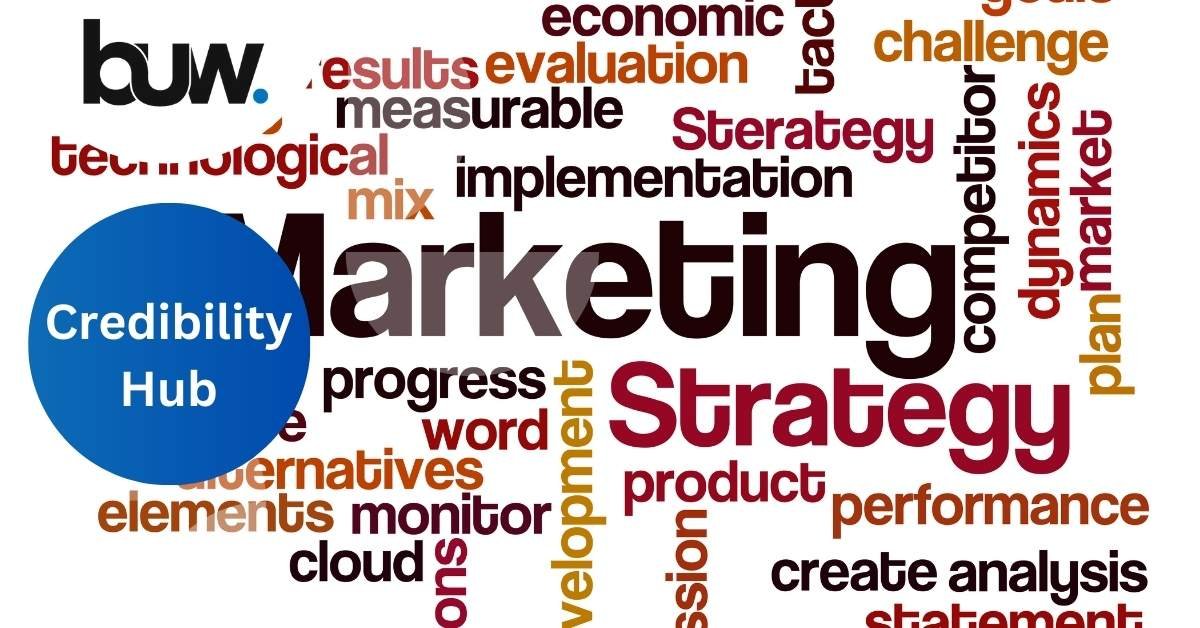Feeling a little overwhelmed in the ever-changing world of LinkedIn?
Navigating the platform and having your content seen may be difficult, especially with recent algorithm updates.
Given this constant change, it’s good to know that insights gained from diligent study can help uncover the hidden workings of the 2024 LinkedIn algorithm.
Just Connecting published research that analysed over 1.5 million postings, revealing valuable pieces of insight that serve as a road map for content creators attempting to navigate this digital maze.
This blog aims to address the 11 most frequently asked questions and help you create captivating content that resonates in the constantly evolving field of professional networking.
LinkedIn Algorithm 2024- 11 FAQs
Here are 11 frequently asked questions (FAQs) that will help you optimise your LinkedIn approach like an expert.
1. What’s the best time to post on LinkedIn?
Timing is everything, especially on social media. The optimal posting window, spanning from 8 a.m. to 10 p.m., is especially crucial for engaging audiences across various time zones, with a particular focus on aiming for 8 a.m. to 10 a.m. for prime engagement.
2. Can we repost our LinkedIn posts?
Yes, reposting your content can lead to a remarkable 20% increase in reach the following day. It’s important to keep in mind that the dynamics were different before October 2023; consequently, this is based on the 2024 updates. Therefore, it is essential to evaluate this approach every six months to make sure you continue to gain from it.
3. Do previous posts influence future ones?
LinkedIn employs a sophisticated algorithm that monitors your 10–15 most recent posts, emphasising the important role that the quality of your content plays in shaping future engagements.
The effectiveness of these posts is assessed by the tracking algorithm based on user involvement and engagement rates. You may better plan your content to preserve or increase exposure and interaction on your LinkedIn profile by being aware of this approach.
4. Can I include a call to action (CTA)?
Yes, indeed! Incorporating a CTA, such as provoking thoughts in the comments, can elevate engagement by up to 10%.
5. Is tagging people beneficial?
Tagging can increase reach: tagging one person can result in 10% more engagement, whereas tagging four person can increase reach by up to 48%. However, use caution! Excessive tagging (more than eight) may result in penalties, and more than 15 tags may be considered spam.
6. Are tags permissible in LinkedIn comments?
Absolutely! Tagging people in comments is completely acceptable and has no negative consequences. Importantly, there are no penalties from the platform for this behaviour.
7. What happens if someone removes a tag I added?
Unfortunately, if the person you tagged reomves the tag, this action could be perceived as spammy behaviour.
8. LinkedIn Live sessions vs. Videos: Which is better?
LinkedIn Live dominates in terms of engagement numbers. Not only does it reach a remarkable 12 times more people, but it also generates seven times more reactions and 24 times more comments than typical posts.
9. Can I comment on my post?
Definitely! Engaging with your post can increase engagement by up to 20%, so don’t hesitate to join the conversation.
10. What types of posts perform best on LinkedIn?
Polls are an excellent engagement method for personal profiles, especially when used over a week. One-week polls have shown a significant capacity to draw more attention and reach a larger audience, making them a great choice for boosting engagement and expanding one’s reach on the platform. Following polls, the second-best engagement method is a “document post,” with a “post with an image” ranking third.
11. How does the LinkedIn algorithm prioritise content?
While the exact formula for the algorithm is unknown, LinkedIn prioritises content based on relevance, engagement, and connection. Creating intriguing content and promoting meaningful conversations can help boost visibility and reach.
While these frequently asked questions provide an excellent framework for creating effective LinkedIn posts, there is more to the story.
Here are some more ideas to help keep your content strategy sharp:

Conclusion
We hope that this blog has been useful in providing insight into the complexities of the LinkedIn algorithm in 2024.
With these essential insights, you now have the information to improve your LinkedIn approach and increase meaningful engagement. Understanding the complexity of the LinkedIn algorithm is important if you want to build your network, reach more people, or boost your brand’s visibility.
Ready to implement these strategies and see results firsthand? Book a consultation with our expert team today.
Latha Karthigaa, founder of Brandupwise (BUW) Marketing, is dedicated to improving lead generation for medium to large enterprises. Her strategic insights focus on lead generation, client acquisition, and most important of all educating the businesses and their internal teams about sustainable growth. As a transformative force in the industry, she reshapes the narrative of success for every business under her expert guidance.
Contact
- latha(at)brandupwise(dot)com(dot)au







